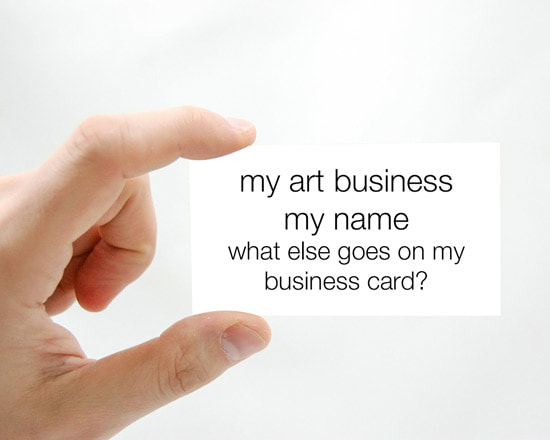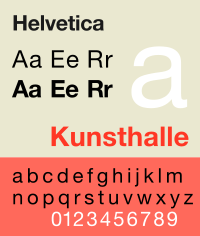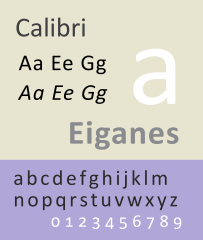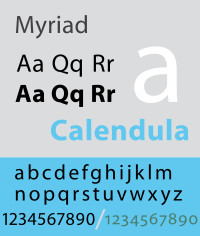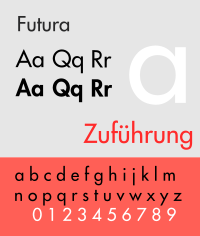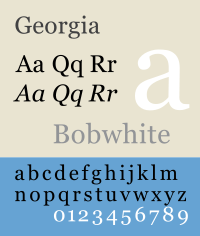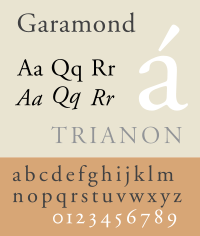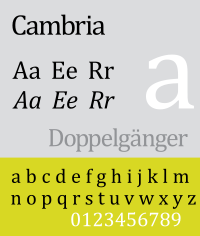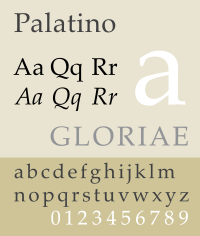- Home
- NEWS
-
PRACTICE
-
MARKETING
- How to write an Artist's Statement >
- How to write an Artist's Resume or CV >
- How to sign a painting, drawing or fine art print
- Business Cards for Artists
- How to write a press release for an artist
- The Private View Invitation
- Publicity for Juried Exhibitions
- Websites for Artists >
- Image & Video sizes for Social Media Sites
- How to be mobile-friendly
-
SELL ART
- FRAME ART
-
SHIP ART
-
COPYRIGHT
-
MONEY & TAX
- About + Help
- BANKING
An artist's business card is an important tool of marketing - but what should it include?
What does an Artist's Business Card need?
|
The purpose of an artist's business card is to:
Plain business cards do not get you remembered. In contrast, a well designed business card using an impressive image creates a very positive impression. Don't forget you can use both sides of the card. A lot of artists now use one side of a business card for an image of their art and the other side for the business contact details |
Essential items for an Artist's Business Card
Overall the business card of an artist needs to convey something of your art and how you are known online. Essential items include:
Optional items for an Artist's Business Card
|
The Font for a Business Card
|
The font(s) you use for your business card is ideally part of a carefully considered communication plan for how you represent your work in different ways and different places. For example, think about if you have a stand at an art fair, then the font(s) you use need to work for a large sign with your brand/artist's name on it. On flyers and information labels around the stand, on labels about an artwork - and on business cards. So lots of different sizes - and it MUST be easy to read in every different size
I would recommend no more than two fonts - one for featured words and one for necessary info about how to contact you |
Typefaces have two main categories: serif and sans serif.
|
Your typeface and specific font needs to reflect who you are and your art - and be readable!
Below are summaries of a few different fonts.
Below are summaries of a few different fonts.
We choose a typeface because of its common aesthetic qualities. Then we refine it down to a specific font by setting its size, weight, style and sometimes the character set such as Roman, Cyrillic or Greek when we use it. Each font of a typeface has a specific weight, style, condensation, width, slant, italicization, ornamentation, and designer or foundry |
REFERENCE:
|
EXAMPLES OF FONTS AND TYPEFACES
|
Standard 'san serif' fonts - are standards for a reason. They work well and are easy to read
Myriad was intended as a neutral, general-purpose typeface that could fulfil a range of uses and have a form easily expandable by computer-aided design to a large range of weights and widths |
|
Standard serif fonts
Serif fonts date back to letters inscribed in stone. Nobody quite knows the reason for the flared endings of the horizontal or vertical strokes
|
The 'Feel' of a Business Card
Besides working out the content you also have to decide:
Besides working out the content you also have to decide:
- the size of the card - it must NOT exceed standard business card sizes (which vary by country - see below) It can be smaller but not larger - as it needs to fit in a case so it continues to look good while you are out and about
- the weight of card stock and any finish used. Heavier weight card stock is more impressive - but can be a nuisance to those collecting a lot of cards. A matt finish is more professional than any glossy or shiny finish
|
The Size of a Business Card
The standard dimensions of a printed business card is the finished card size - not the space you can work with using a template - unless your template allows images to bleed to the edge The standard size is the size that most business card holders will take - in that country and recipients also keep business cards received in standard sized holders! The standard sizes - by country - are:
|
This Business Card Holder is made of high quality PU leather and stainless steel and measures 3.9" by 2.8"
|
Articles about Artist Business Cards
|
Have a read of these articles to get more ideas for designing your business card
|
REFERENCE:
|
Suppliers of Artist Business Cards
|
A favourite of many artists I know is Moo Business Cards which have an image on the front and your contact details on the back - and you can vary the images and offer the recipient their choice of the one they like best. Artists also like using their their postcards for when they want to make more of an impression.
|
Most artists design their own cards. It can help a lot if you (or a friend) have graphic design skills and know how to size and place contact information.
It certainly helps if you use a template - but beware - there are LOTS of old fashioned ones out there which will only create a bad impression! |
- Moo Business Cards - Moos provides a great range of options and enables artists to be both creative in terms of showing off their art and create related products
- Vistaprint - Have a range of templates which can be used to include the artist's own art
- Zazzle Fine Art Business Cards -
ABOUT ART BUSINESS INFO. FOR ARTISTS
This website aims to provide a compendium of resources about the art business for artists. Please read "PLEASE NOTE"
It helps artists learn how to do better at being business-like, marketing and selling their art and looking after their financial security.
This website aims to provide a compendium of resources about the art business for artists. Please read "PLEASE NOTE"
It helps artists learn how to do better at being business-like, marketing and selling their art and looking after their financial security.
|
Copyright: 2015-2021 Katherine Tyrrell | Making A Mark Publications
- all rights reserved If you've got any suggestions for what you'd like to see on this website please send me your suggestion
|
PLEASE NOTE:
1) Content and the law change all the time. It's impossible to keep up with it if you're not working on the topic full time. 2) I research topics carefully. However, I am totally unable to warrant that ANY and/or ALL information is
|
3) Hence all information I provide comes without any LIABILITY whatsoever to you for any choices you make.
4) This website is FREE FOR YOU but not for me. Links to books are Amazon Affiliate links. Buying a book via this website means I get a very small payment which helps to fund and maintain this website. .I much appreciate any support your provide. Adverts are provided by Google AdSense - but the adverts do not mean I endorse the advertiser. |
- Home
- NEWS
-
PRACTICE
-
MARKETING
- How to write an Artist's Statement >
- How to write an Artist's Resume or CV >
- How to sign a painting, drawing or fine art print
- Business Cards for Artists
- How to write a press release for an artist
- The Private View Invitation
- Publicity for Juried Exhibitions
- Websites for Artists >
- Image & Video sizes for Social Media Sites
- How to be mobile-friendly
-
SELL ART
- FRAME ART
-
SHIP ART
-
COPYRIGHT
-
MONEY & TAX
- About + Help
- BANKING
